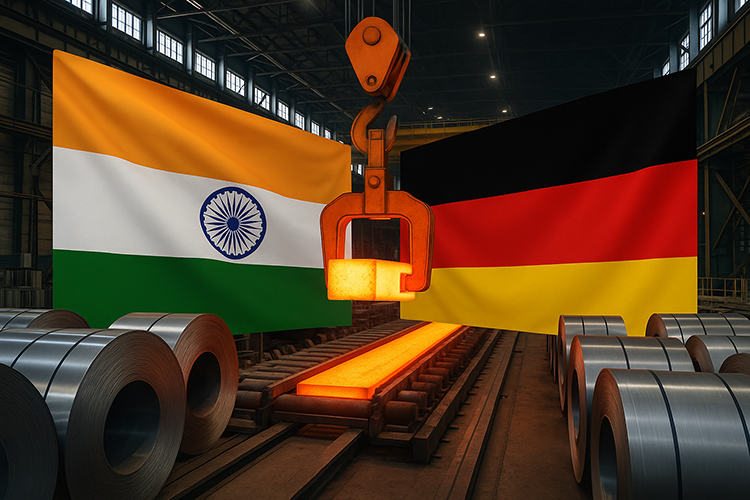2025-10-08
manufacturing

Jindal Steel International (JSI), part of the Indian industrial group led by Naveen Jindal, has made a non-binding proposal to acquire Thyssenkrupp Steel Europe (TKSE), the steel arm of German engineering and industrial conglomerate Thyssenkrupp. The offer, confirmed by Thyssenkrupp in mid-September 2025, reflects the German group’s long-running efforts to divest its steel business. JSI says the plan would include finishing a key low-carbon iron facility in Duisburg and adding electric-arc furnace production. As part of the proposal, the Indian group is prepared to commit more than €2 billion to decarbonisation and modernisation of the steel operations in Germany. It has also expressed willingness to maintain production sites and preserve jobs. Thyssenkrupp acknowledged the offer, saying it will assess the bid carefully, with particular attention to financial viability, continued transformation to lower emissions, and the employment implications for its German plants. No binding agreement has been reached to date, and the financial terms of any finalized deal remain undisclosed. The steel unit targeted by JSI generates roughly €10.7 billion in annual revenues, making it one of the leading flat-steel producers in Europe. The division has faced headwinds of its own: rising energy costs, global competition, regulatory pressures on emissions, and legacy obligations such as pensions have complicated past attempts to sell or restructure it. Observers note that this proposal could be a significant turning point for Europe’s steel sector, especially if it kicks off progress toward greener, more efficient production. Large industrial buyers from emerging markets are increasingly interested in European manufacturing assets, often bringing capital, global supply chains, and fresh momentum. At the same time, German worker unions and regulators will closely scrutinize any deal to ensure that jobs, industrial capacity, and environmental goals are safeguarded. Overall, the Jindal-Thyssenkrupp proposal remains at a preliminary stage, but if it proceeds, it could reshape parts of the steel landscape in Europe, both in ownership and the path toward lower-carbon production.

